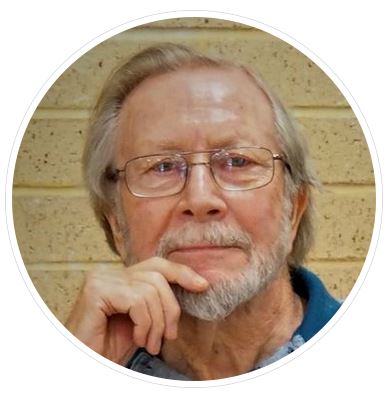
By Bruce Gillespie. [What Bruce says is an “immediate, non-comprehensive response” – with much more to be considered later for his fanzine SFC.]
Lee Harding, Australia’s senior SF writer (although he did not regard himself as a writer of SF during the last 30 years or so), died yesterday at the age 86. There is almost too much information to summarise for a newszine obituary — the entries in both Wikipedia and the SF Encyclopedia have no inaccuracies that I can spot. They also don’t tell the whole story.
Much of the flavour of Lee’s life, especially in his last years, can be found in Belinda Gordon’s (Perth-based daughter) account, which I’ve just put up on Fictionmags, and transcribed on Facebook yesterday. [Note: that post is friends-locked.]
In 1952 at the age of fifteen Lee was one of the founder members of the Melbourne SF Club, along with Merv Binns, Race Mathews, Dick Jenssen, and a few others. Merv left us in 2020, but the others were in good health up to about five years ago. Lee dropped out of fandom in the late 1950s, but in 1962 he met John Bangsund. Lee was already selling stories to E J Carnell’s magazines in England, but Bangsund knew nothing of SF or fandom. That meeting eventually led to the launching of Australian Science Fiction Review (ASFR) in 1966, from which all SF-related events in my life proceed — in fact the whole future of Australian fandom. John wrote an amusing account of meeting Lee for the first time, which Sally Yeoland (John’s widow) has placed on her Facebook page more than once.
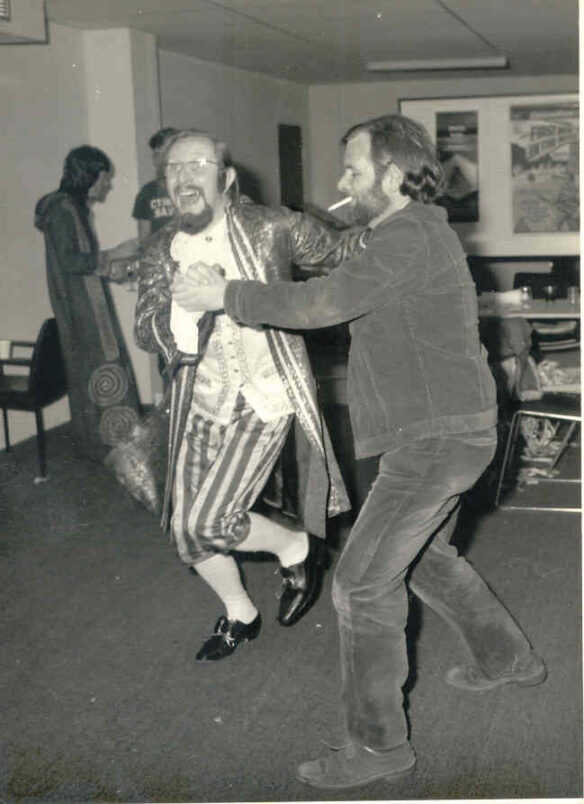
I met Lee in December 1967 as a result of being invited by John Bangsund to meet the ‘ASFR crew’ in Ferntree Gully over a weekend. John was a shy person, compared to his paper personality, so it was Lee who took me under his wing and conveyed all his enthusiasms, especially for SF writing and classical music.
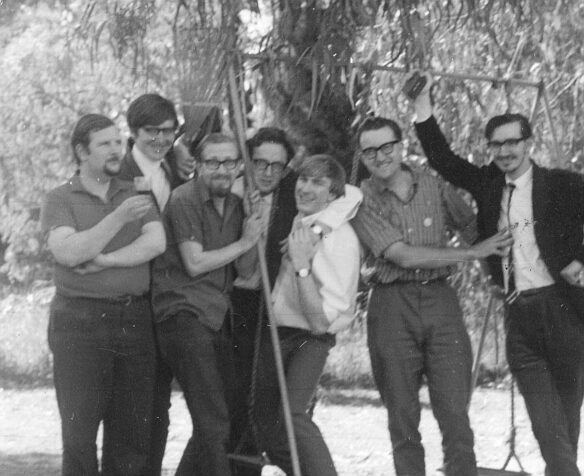
During 1968 I entered Melbourne fandom, and visited Lee and his first wife Carla as often as possible. During 1969, Lee was selling stories to the new Vision of Tomorrow, launched by Sydney rich bloke Ron Graham, but the magazine folded after a year. Lee had been a professional photographer for at least ten years, but during his time of regular writing took jobs in bookshops in Melbourne, including the famous Space Age Books (from the beginning of 1971 until 1976). He and Carla split up in 1972, and soon after he and Irene Pagram met. Their daughter is Madeleine, who still lives in Victoria. Lee and Irene married in 1982, and at the same time Carla and her children with Lee (Erik, Belinda, and Stephen) moved to Western Australia.
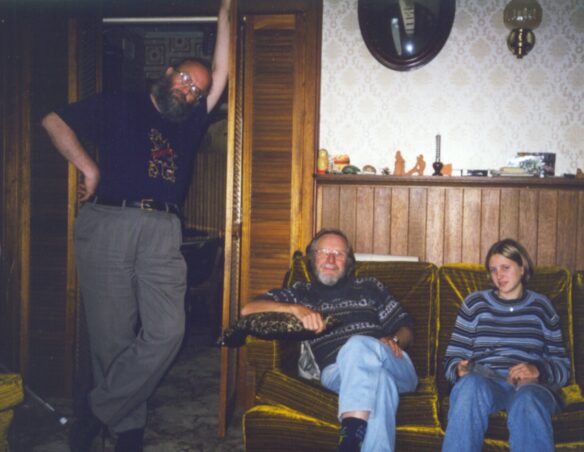
Lee put on the first writers workshop in Australia in 1973, then edited The Altered I (1976), the book that came out of the Ursula Le Guin workshop in 1975. He had his greatest success as a writer at the end of the 1970s and beginning of the 1980s, with Displaced Person (Australian Childrens Book Award winner 1980) and Waiting For The End Of The World. It was never clear to his friends why a successor to Waiting was never written. I lost contact with Lee and Irene for long periods during the 1980s. He and Irene split up in 1997. During the last 40 years he has been able to visit Perth every year to visit his extended family there.
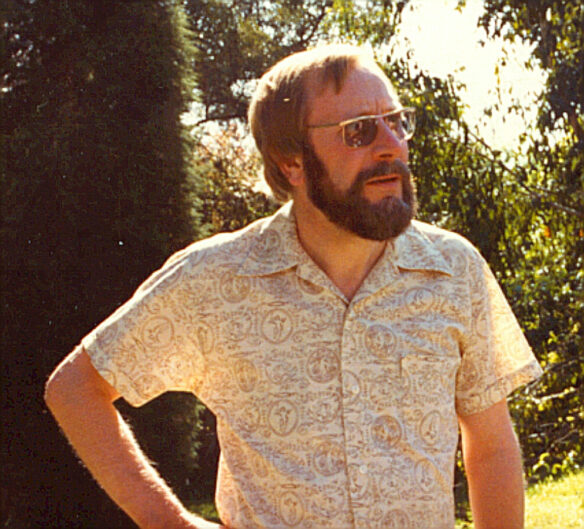
During the early 1990s Race Mathews and Dick Jenssen, also original members of the MSFC, made contact with Lee, and we saw a fair bit of him over dinner during the 1990s until just before the Covid epidemic lockdowns. However, Lee’s health began to deteriorate about six years ago, and he began to suffer from falls and some memory loss. Eventually, after a bad fall, he was advised not to return to living by himself. He moved to Perth at the end of last year, and his old friends had to be content with phone calls from him. The only original members of the MSFC still alive are Dick Jenssen and Race Mathews.
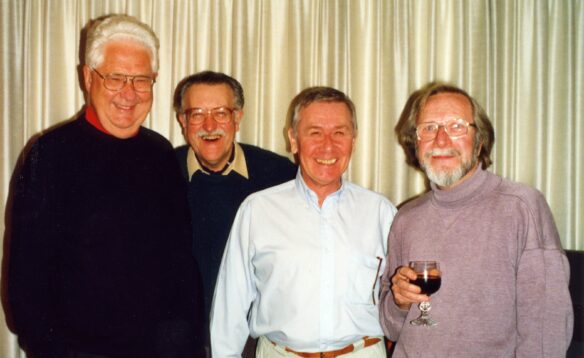
I remember Lee best for his enthusiasms, and his help at various times. I am most grateful to him for turning me onto classical music in 1968, after a decade of listening and listing Top 40 music during my teens. Twenty of my favourite original LPs are those sold to me by Lee when he was really desperate for cash at the end of 1969. He was a great advocate for Australian SF, and encouraged many new writers and SF enterprises during the 1970s. His interests turned elsewhere during the last thirty years, but he remained a fan of great films, and was always pointing me and Dick toward some new masterpiece he had just discovered.
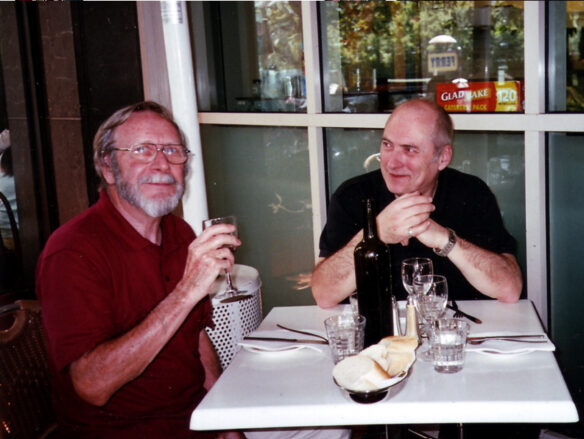
One link with Lee: he was almost exactly 10 years older than me (his 19 Feb 1937 to my 17 Feb 1947). But I doubt he was as jolly about celebrating birthdays as I’ve been over the years.
It is very hard to consider life without Lee Harding being part of it in some way or another. He sent cheery emails until recently, but had to admit that his old days as a bon vivant were over. He leaves great memories.
++ Bruce Gillespie, 20 April 2023
Discover more from File 770
Subscribe to get the latest posts sent to your email.

I was so sad to hear of Mr Harding’s passing. When I was about 14 or 15 I discovered his short story “Dancing Gerontius” in the anthology The Second Pacific Book of Science Fiction in PB from a local store, and the story fascinated, stunned and horrified me for decades. Even though I have not read any of his novels I still am in huge awe of his creativity. A true visionary of Australian writing.
Thanks so much for this glimpse into Lee’s life. I read two of his books in my teens. Some key scenes stuck with me – his and their names didn’t. I only just now used Google to search for ‘Australian Dystopian fiction’.
I think it says something if an author’s work haunts a guy for 40+ years!